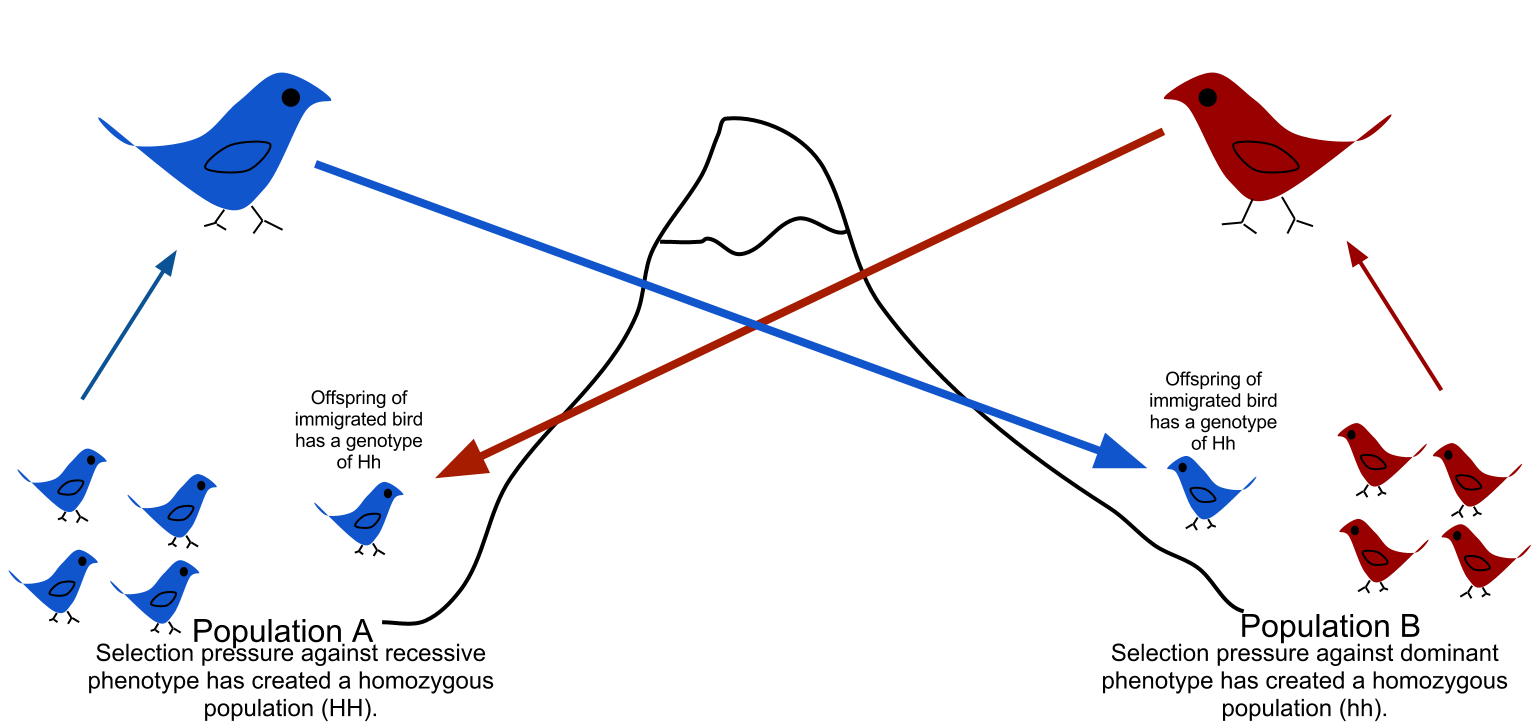Free Courses Sale ends Soon, Get It Now


Free Courses Sale ends Soon, Get It Now



Disclaimer: Copyright infringement not intended.
Context
Details
Implications of Inbreeding
Genetic Rescue Strategies
Challenges
Conservation Actions
About Gene Flow
Mechanisms of Gene Flow:
Factors Influencing Gene Flow:
Consequences of Gene Flow:
Methods for Studying Gene Flow:
Applications and Importance of Studying Gene Flow:
About Genes
Structure of Genes:
Function of Genes:
Types of Genes:
Genetic Variation and Diversity:
Applications of Genetic Research:
|
PRACTICE QUESTION Q. Genetic rescue offers a potential solution to mitigate the effects of inbreeding and ensure the population's genetic health. Discuss in the context of tiger conservation in India. (250 Words) |
© 2024 iasgyan. All right reserved